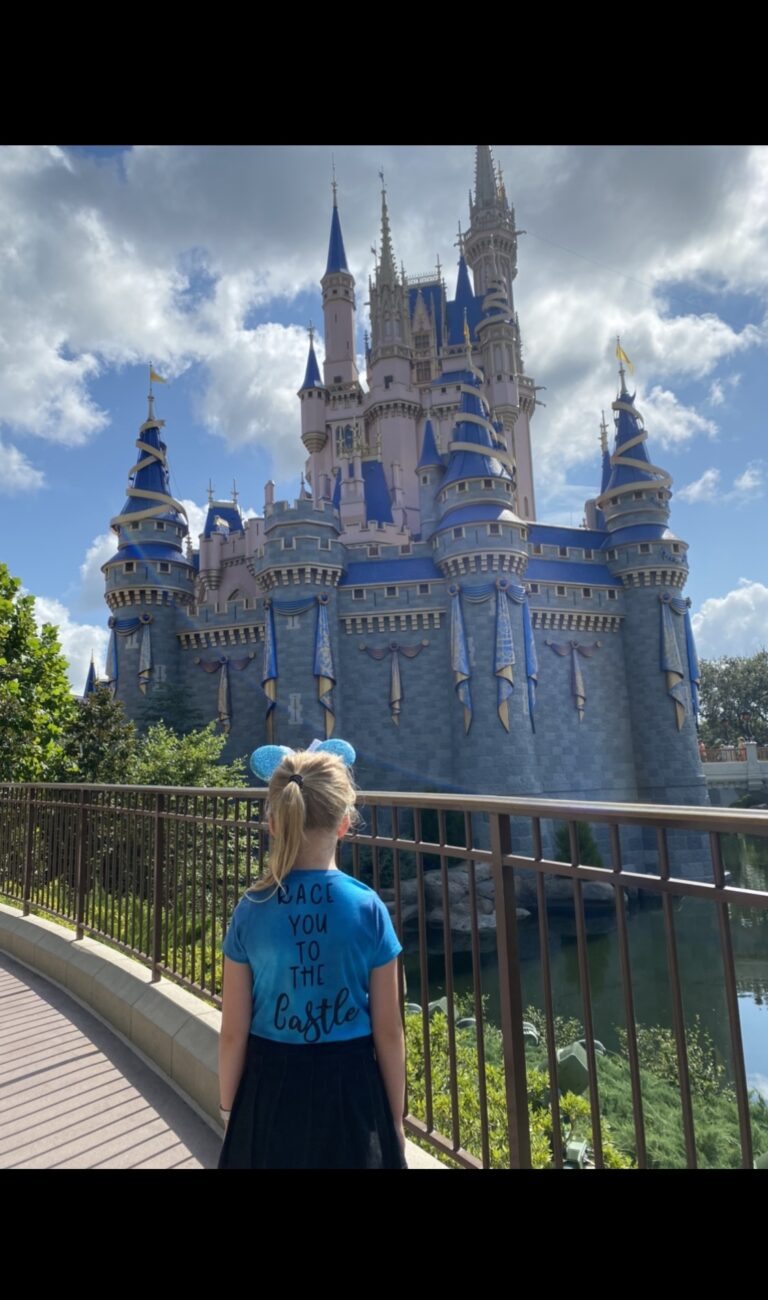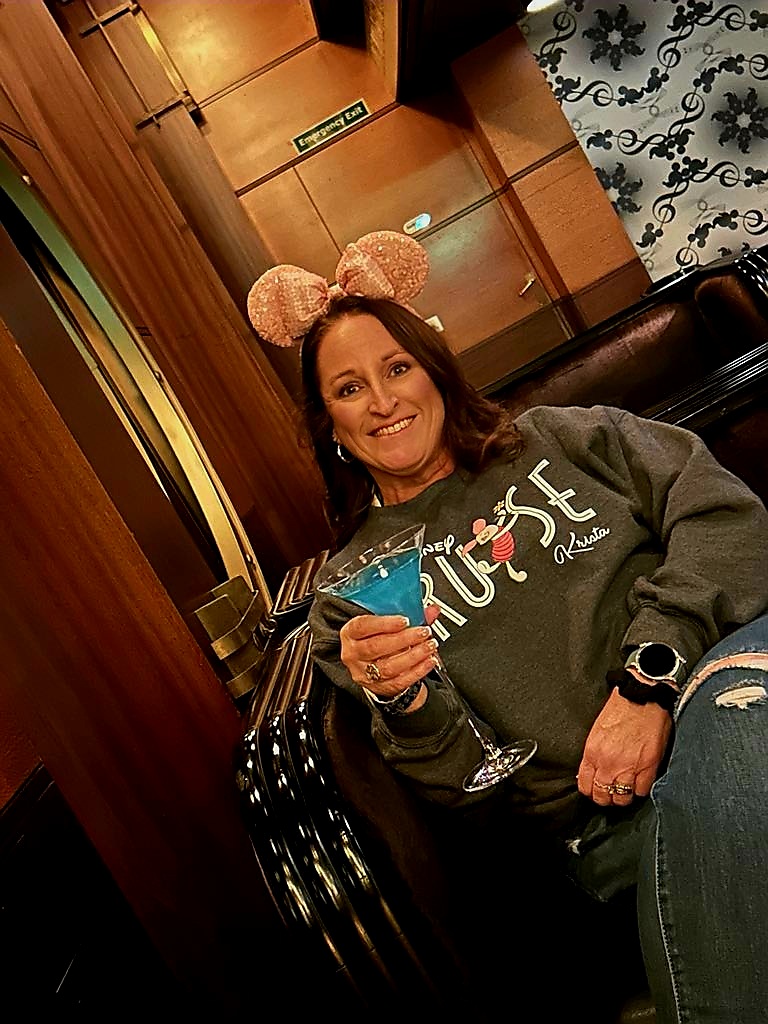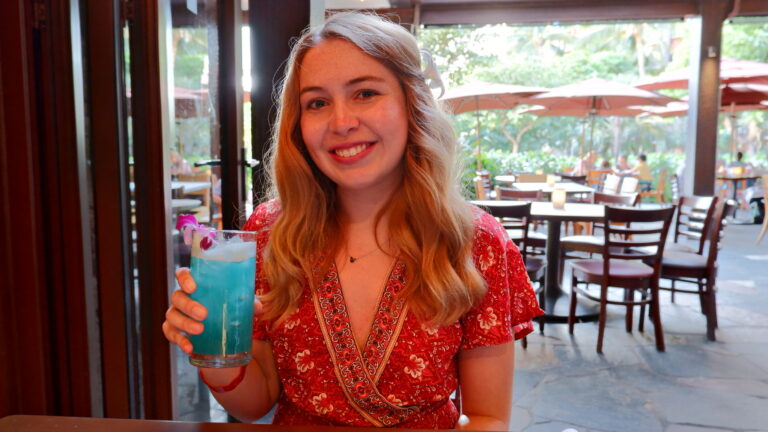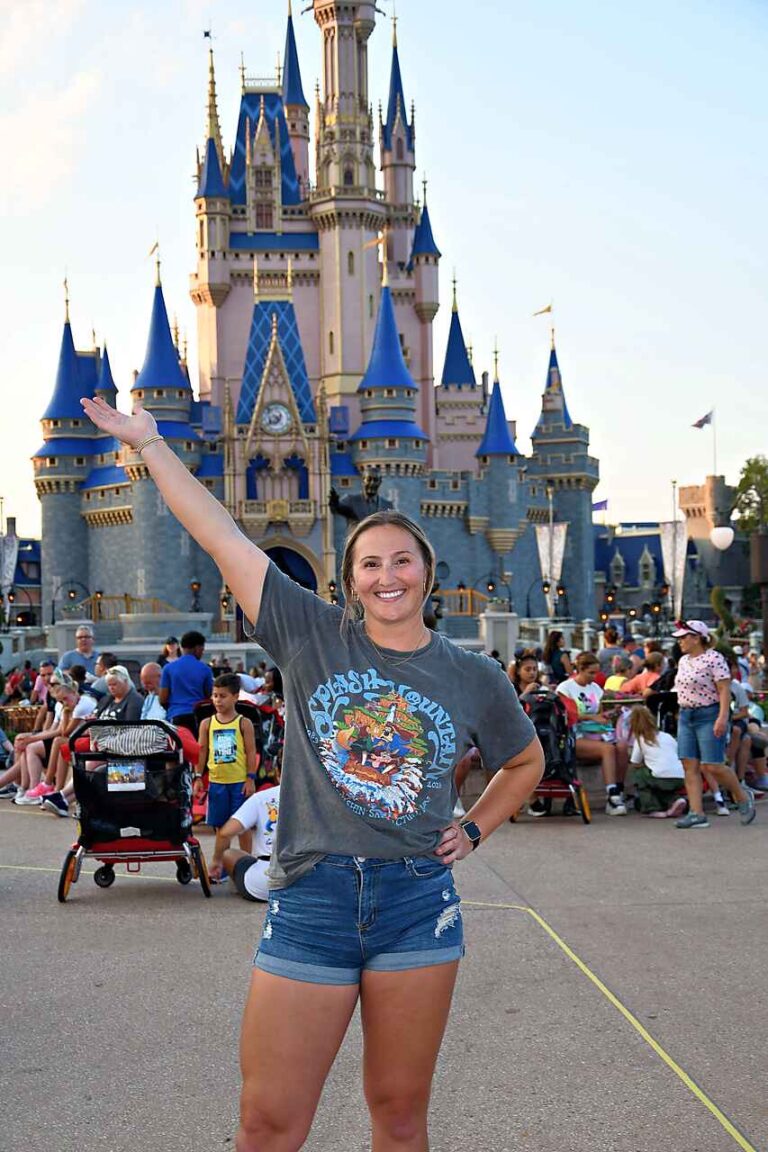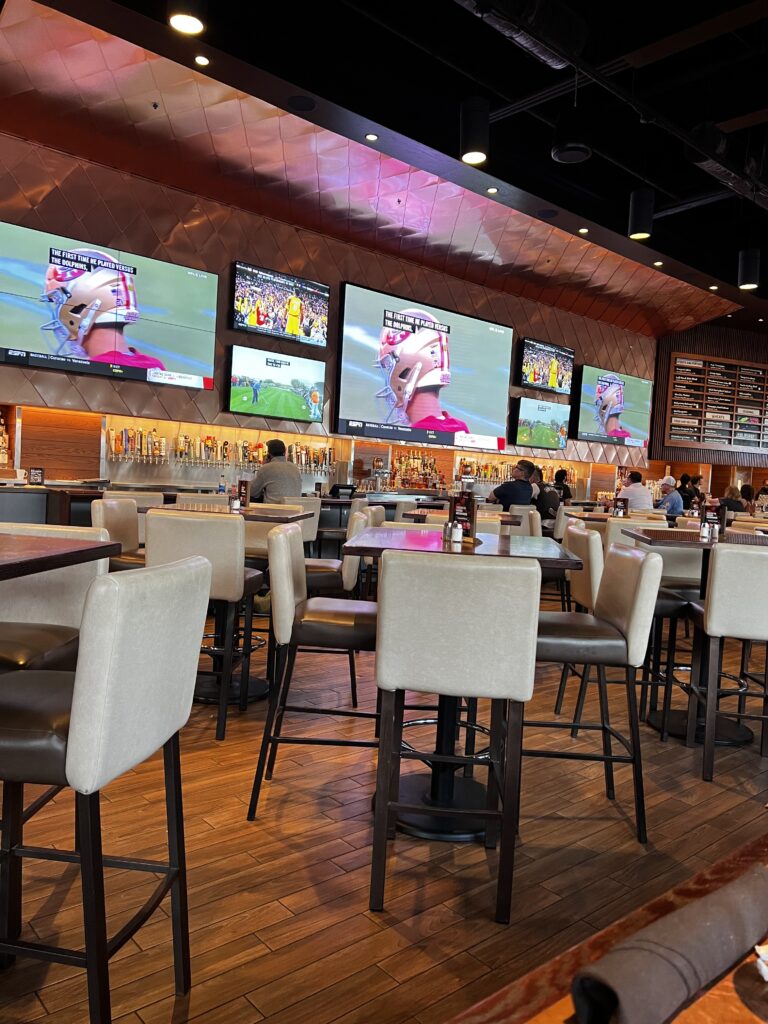Overview
Introduction
Fresno, California, lies in the center of one of the most productive agricultural regions in the U.S.: Trucks piled high with tomatoes or melons pass cars on the highway, many businesses in Fresno are farm-related, and "agrotourism"—tours of farms, orchards and wineries—is popular with visitors, especially families.
Fresno is the largest city in California's Central Valley. The downtown appeals to visitors with its lively mix of old and new, gritty and chic, with coffee shops, restaurants and vintage-clothing shops next to old theaters and warehouses.
Being in the center of the fertile San Joaquin Valley, it's no wonder that Fresno also has wineries of its own—including the Madera Wine Trail. http://www.maderawinetrail.com.
One of the most intriguing gardens in California is Baldassare Forestiere's Underground Garden. Transplanted from the founder's native Sicily, the fruit trees, vines and shrubs are all planted in sunny openings of subterranean courtyards and passageways. The garden is still run by Forestiere's great nephew. http://www.undergroundgardens.com.
Fresno's holdovers from the past include intriguing historic architecture and more than 30 buildings on the National Register of Historic Places. Among them are the Water Tower, Tower Theater and Kearney Mansion Museum. In addition, the city of Fresno, California, is a good jumping-off point for visits to Yosemite, Sequoia and Kings Canyon national parks.
Must See or Do
Sights—The Tower District between Abby and Palm on Olive Street; the Water Tower Visitor Center; Simonian Farms' agricultural bounty.
Museums—The Fresno Metropolitan Museum; Kearney Mansion Museum.
Memorable Meals—The monthly wine dinner at the Elbow Room; prime rib at the Lime Lite; fresh seafood at Livingstone's Restaurant and Pub; fresh California cuisine at Upstairs Downtown.
Late Night—The Tower District for late-night dancing or a game of pool; a choice of 20 beers on tap at the Silver Dollar Hofbrau; Club One Casino for entertainment and a late dinner.
Walks—Window-shopping and people-watching along Olive Street in the Tower District; strolling through downtown admiring old architecture; hiking the Lewis S. Eaton Trail along the San Joaquin River Parkway.
Especially for Kids—Blackbeard's Family Fun Center for miniature golf, waterslides, bumper boats and more; Boomers for wall-climbing and laser tag; Chaffee Zoological Gardens.
Geography
Fresno is located in the San Joaquin Valley in central California. To the east are the Sierra Nevada Mountains, which are snow-capped most of the year. A flat agricultural plain extends to the west. The city is laid out in a grid pattern that is fairly easy to navigate.
Interstate 99 is the main north-south highway through Fresno, connecting it with Bakersfield and Los Angeles to the south and Sacramento and the Bay Area to the north. Highway 41 leads to Yosemite National Park, about 92 mi/148 km north. Highway 180, to the east, leads to Sequoia and King's Canyon National Park.
History
Once a dry desert, Fresno was discovered when the Spanish missionaries were searching for suitable sites for what was to later become 21 missions through the length of California. Fresno County was established in 1856, but the town of Fresno only emerged as the county seat in 1874. (In 1873, an inventory revealed that Fresno had a total of 16 buildings.) Although many saw the potential of the area for agriculture, the soil was arid, and efforts to grow wheat and other crops were unsuccessful. In 1871, the Fresno Canal and Irrigation Company was formed, and other canal and damming efforts followed. With irrigation canals in place, agricultural ventures flourished over the next few decades, and Fresno and the Central Valley became known as producers of wheat, grapes and raisins, citrus and cattle.
Agriculture is a labor-intensive industry, and Fresno attracted farm workers from all over the world. Many ethnic groups, including Italians, Armenians and Basques, and most recently the Hmong, still maintain a strong sense of identity and pride in their heritage. This is reflected in city life today.
Although Fresno's economy has diversified, agriculture is still important, generating US$4 billion annually.
Potpourri
Fresno Sanitary Landfill, built and put into use in 1937, is on the National Register of Historic Places. Why? It was a successful prototype for the "sanitary" landfill—a site that layered garbage with clean fill to reduce odors and contamination of the surrounding area.
Fresno is the Spanish word for the ash tree, which grew widely in the area when Spanish explorers passed through in the 18th century.
Fresno County has been called the No. 1 county for agriculture in the U.S.
More turkeys are raised in Fresno County than anywhere else in the U.S.














